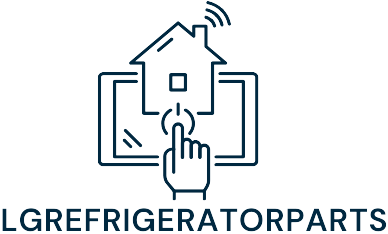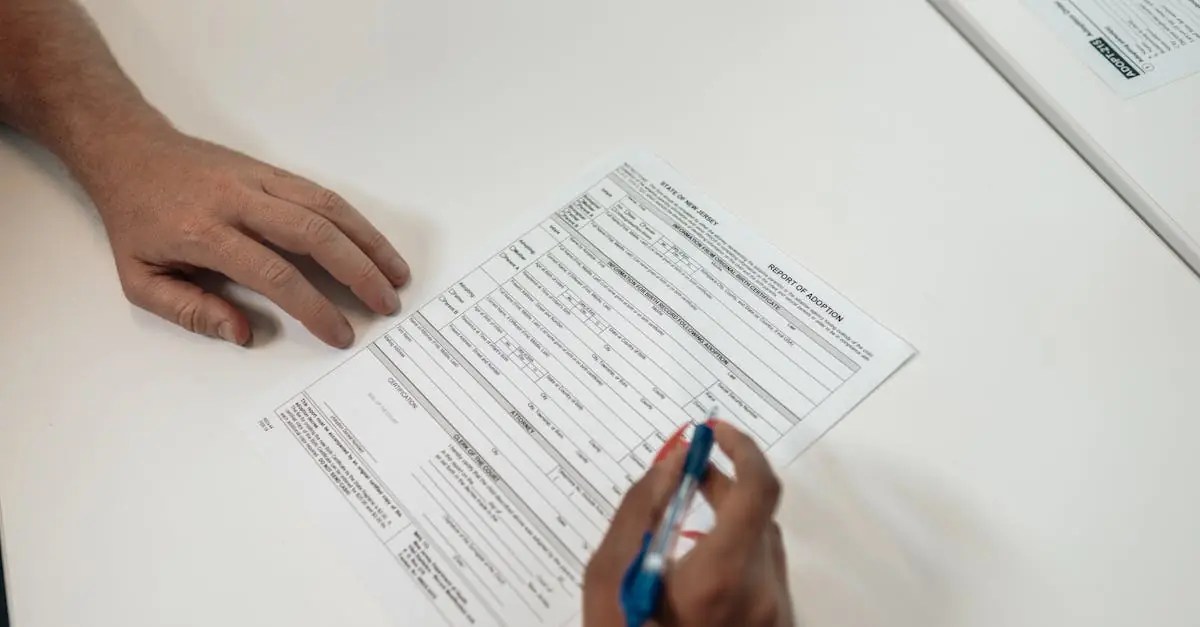Table of Contents
ToggleNavigating the world of lease agreements can feel like trying to decode an ancient language. With all the legal jargon and fine print, it’s no wonder many find themselves scratching their heads. But understanding lease agreement legislation is crucial for both landlords and tenants. After all, a well-crafted lease can be the difference between a harmonious living situation and a sitcom-worthy disaster.
Overview of Lease Agreement Legislation
Lease agreement legislation provides essential guidelines for both landlords and tenants. Understanding this legislation ensures compliance and minimizes disputes.
Definition and Importance
Lease agreements are legally binding contracts between landlords and tenants that outline the rights and responsibilities of each party. Clarity in these agreements prevents misunderstandings, as those involved can easily refer to the terms. This legislation establishes critical standards that protect tenant rights, ensuring safe and stable housing. Compliance promotes fair housing practices and encourages accountability among landlords. Knowledge of lease laws empowers tenants to make informed decisions, while landlords can better manage their properties.
Types of Lease Agreements
Lease agreements generally fall into several categories. Fixed-term leases, for instance, specify a set duration, providing stability for both parties. Month-to-month agreements offer flexibility, allowing either party to cancel with appropriate notice. Commercial leases differ significantly, focusing on business-related premises, and may include additional responsibilities. Subleases permit tenants to rent their space to another individual while retaining overall responsibility for the original lease. Understanding these types aids in selecting the most suitable option for individual needs.
Key Components of Lease Agreements
Lease agreements contain essential elements that define the relationship between landlords and tenants. Each component plays a significant role in ensuring clarity and mutual understanding.
Rental Terms and Conditions
Rental terms and conditions specify critical aspects of the agreement. Duration of the lease is a primary consideration, with fixed terms ranging from six months to multiple years. Rent amount outlines the monthly payment required, while payment due dates establish when rent should be paid. Security deposits protect landlords against damages, typically equal to one month’s rent. Additionally, rules regarding utilities can vary; some leases include utility coverage, while others require tenants to pay separately. Understanding these terms ensures both parties are aware of financial responsibilities and expectations.
Rights and Responsibilities of Tenants and Landlords
Rights and responsibilities of tenants and landlords are fundamental to a successful lease agreement. Tenants possess the right to a safe and habitable living environment, a requirement under various housing laws. They should report maintenance issues promptly to ensure timely repairs. Landlords, on the other hand, must provide necessary services and maintain property conditions. Both parties share the responsibility of adhering to the lease terms, which may include rules on property use, noise restrictions, and pet policies. Clarity in these rights and responsibilities minimizes disputes and fosters a positive rental experience.
Recent Changes in Lease Agreement Legislation
Changes in lease agreement legislation recently emerged, impacting both landlords and tenants. These legislative updates aim to address common issues that arise in rental agreements and improve overall housing stability.
Notable Legislative Updates
Several jurisdictions enacted new laws, increasing tenant protections. For example, laws now often limit rent increases to a certain percentage annually. Additionally, eviction processes have been streamlined, requiring more notice before landlords can begin proceedings. Some areas have introduced regulations prohibiting discrimination against renters based on background checks, enhancing tenant access to housing. States are also emphasizing transparency in lease terms, mandating clear disclosures related to fees and responsibilities.
Impact of Changes on Tenants and Landlords
Landlords face new compliance requirements, increasing their administrative responsibilities. These changes often lead to the need for updated lease agreements that reflect current laws. Tenants benefit from enhanced protections, giving them confidence in their rental situations. Greater transparency regarding fees helps avoid surprises that could lead to conflicts. Moreover, the limitations on eviction notices provide tenants with more security and time to address potential issues before losing their housing.
Challenges in Lease Agreement Legislation
Understanding lease agreement legislation presents several challenges. Legal jargon can obfuscate critical information, leading to disputes between landlords and tenants.
Common Disputes and Issues
Common disputes often revolve around issues such as late rent payments and security deposit discrepancies. Confusion about lease terms frequently results in misunderstandings. Eviction notices can also provoke significant disagreements, particularly when tenants believe their rights are violated. Additionally, maintenance responsibilities sometimes create tension; landlords may neglect repairs while tenants expect timely service. Clarity in the language of lease agreements may minimize these disputes and foster better communication.
Legal Assistance for Tenants and Landlords
Legal assistance plays a vital role for both tenants and landlords. Attorneys can help navigate complex lease agreements and clarify rights. Tenants often seek help to understand eviction processes and tenant protections provided by legislation. Landlords may consult legal professionals to ensure compliance with updated regulations and to address conflicts effectively. Support from legal experts enhances awareness and can lead to equitable outcomes for both parties. Resources such as tenant unions and legal aid organizations provide additional support for individuals requiring assistance.
Navigating lease agreement legislation is crucial for both landlords and tenants. A clear understanding of the rights and responsibilities outlined in these agreements can prevent many common disputes. Recent legislative changes enhance tenant protections and promote transparency, ensuring a fairer rental experience.
By focusing on clarity in lease terms and seeking legal assistance when needed, both parties can foster a positive relationship. Ultimately, staying informed about lease agreement legislation is key to achieving a harmonious and stable living environment.



